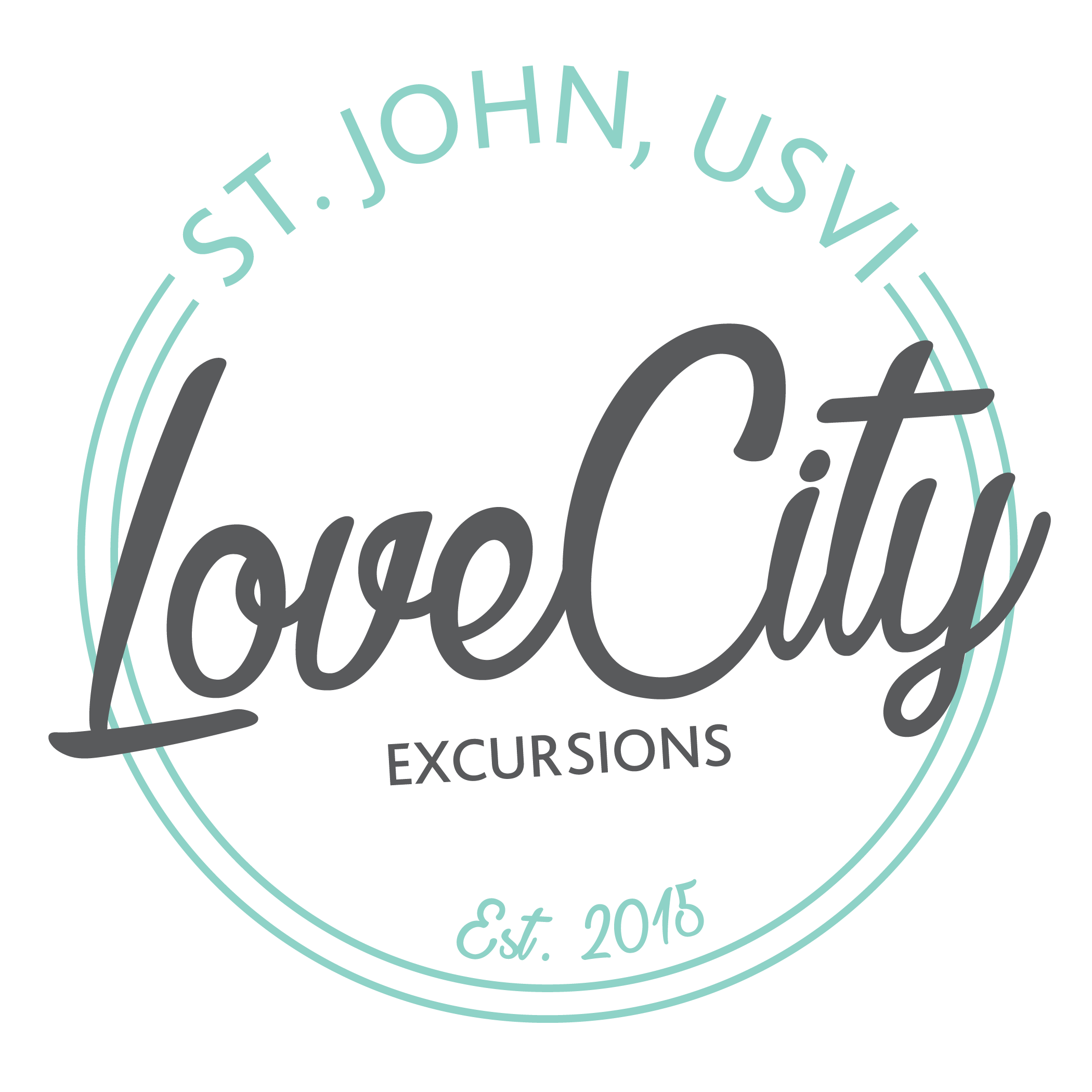The US Virgin Islands is ripe with history; and gives way to a really fun and interesting Top Five Post for this week! When living in the US Virgin Islands you are surrounded by turquoise waters and flowing libations which sometimes makes it easy to forget what a diverse, harsh, wonderful, and interesting background this area has.
We’re going to go for some of the lesser knowns here, and obviously we have to start with some Pirate history.
- What is now Charlotte Amalie used to be known as Taphus and was a known Pirate’s Den
- Named after King Christian V’s wife, the area was a well known watering hole for pirates and profited from the many ale houses lining the waterfront. The second and third governors of the area, The Esmit Brothers, were known for openly encouraging piracy, while they profited illegally and openly by allowing pirate trade in St. Thomas. The pirate lore in the area is very common, most notably is Black Beards tenure in the area.
- Christopher Columbus
- While the islands were “officially” discovered by Christopher Columbus (who wasn’t really impressed and left shortly after for Puerto Rico,) many European powers were involved in holding the islands. These consist of powers from Spain, Great Britain, The Netherlands, France, and Denmark. The Danish and Dutch influences can be found in the names of many of the streets in downtown St Thomas.
- St Thomas Synagogue
- The second oldest synagogue on US Soil is located on Saint Thomas and to this day still has the original sand floors. If anyone has read The Marriage of Opposites by Alice Hoffman, she details the history of the synagogue and in her representation, says that the sand floors remain in order to remind the congregants of the suffrage of their ancestors. (Highly recommended reading for anyone interested in the US Virgin Islands History.)
- 1733 Slave Revolt
- In 1733 the slaves on Saint John staged a collaborative and victorious revolt which led to them living in control of the island for over a year. This was known as one of the earliest and most successful slave revolts in history.
- As early as 1930 officials were attempting to make Saint John a National Park
- Before the start of World War One, The First Civilian Governor of the VI, Dr. Pearson started the process to keep St John Pristine. With the onset of World War Two, his efforts were dismissed completely until the early 1950’s when Laurence Rockefeller would make Dr. Pearsons wishes come true. In 1956 the official ceremony took place in the Cruz Bay Park where Rockefeller deeded over 5,000 acres to the Department of The Interior!
For more history and lots of great pictures, hop over to The St. John Historical Society‘s Website.
